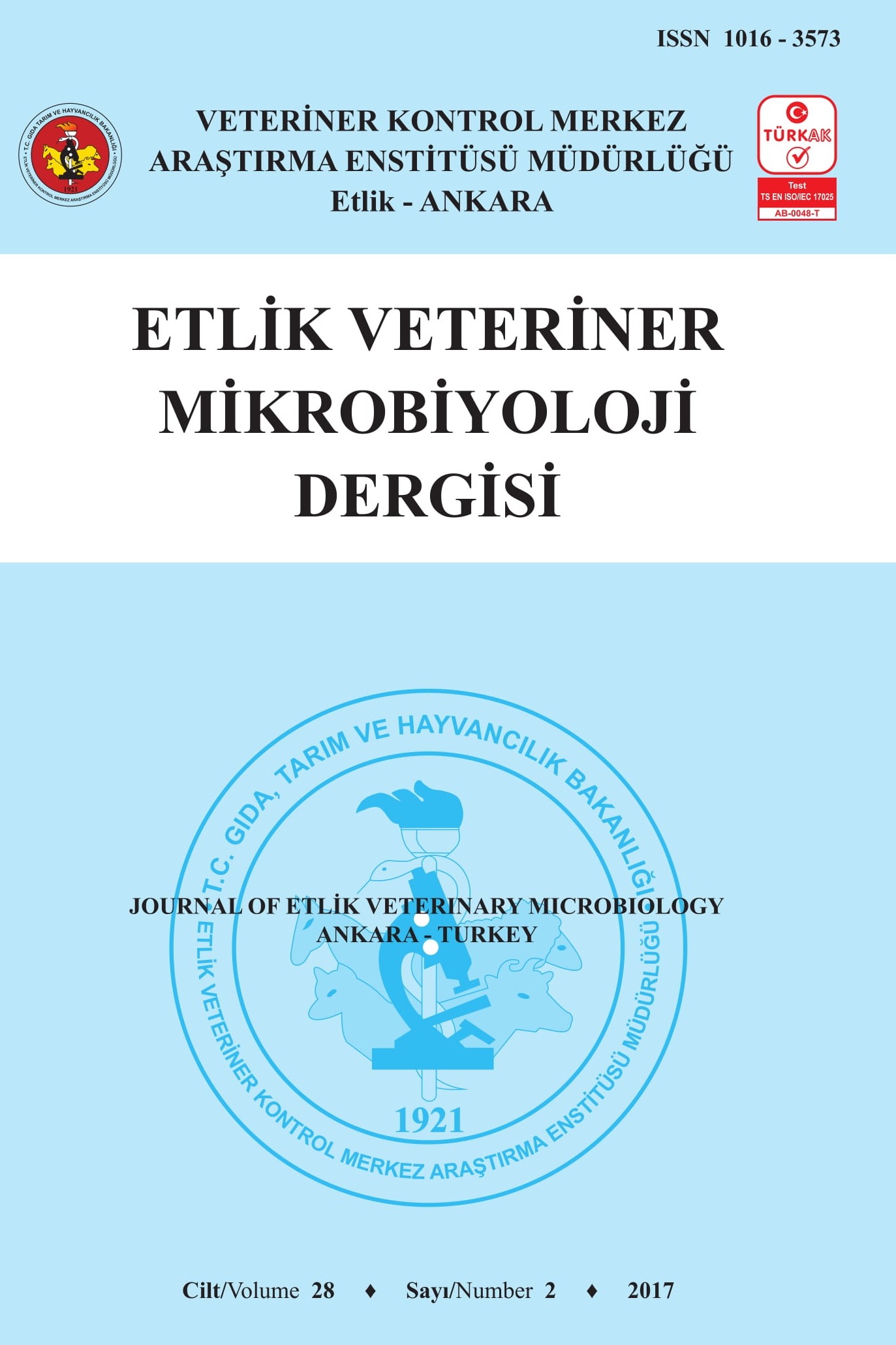
Etlik Veteriner Mikrobiyoloji Dergisi
Yazarlar: Hüseyin Serkan EROL, Tuba AYDIN, Serkan YILDIRIM, Mohammad ALHİLAL, Muhammet Bahaeddin DÖRTBUDAK, Kübra COŞAR, Mesut HALICI
Konular:Veteriner Hekimlik
DOI:10.35864/evmd.808258
Anahtar Kelimeler:Ceftriaxone,Heart,Inflammation,Oleanolic acid,Sepsis
Özet: In the present, the effects of oleanolic acid (OEA) purified from leaf of the olive tree (Olea europeae) on heart damage caused by cecal ligation and puncture (CLP) induced sepsis model in rats were examined. Thirty Wistar rats equally were divided into six groups as sham, sepsis, OEA-150, OEA-300 and CEFT. Oleanolic acid purified from olive leaf by chromatographic methods was orally administered at doses of 150 and 300 mg/kg to OEA groups. Ceftriaxone was intraperitoneally administered at a dose of 150 mg/kg to the CEFT group. Twenty-four hours after the application, blood serum and heart tissues were taken from rats for histopathological, immunohistochemical and biochemical analysis. In histopathological and immunohistochemical examination, an increase in tissue tumor necrosis factor (TNF)- and interleukin (IL)-1β expressions of the sepsis group, severe hyaline degeneration in muscle fibers in the myocardium, Zenker necrosis and severe hyperemia in the vessels were observed. OEA and ceftriaxone (CEFT) provided a decrease in cytokine expressions and histopathological findings. Sepsis reduced tissue superoxide dismutase activity (SOD). It also significantly increased lipid peroxidation (LPO), glutathione (GSH) levels, catalase (CAT), serum creatine kinase (CK-MB) and serum lactate dehydrogenase (LDH) activities. OEA and CEFT significantly increased SOD activity while causing a significant decrease in other parameters. In the light of the findings from this study, it is thought that oleanolic acid may be beneficial in reducing heart tissue damage during sepsis.